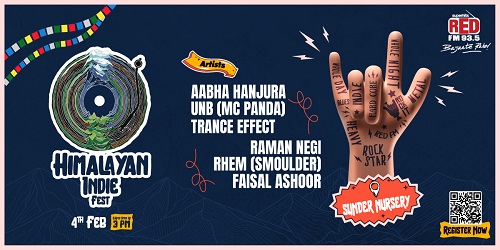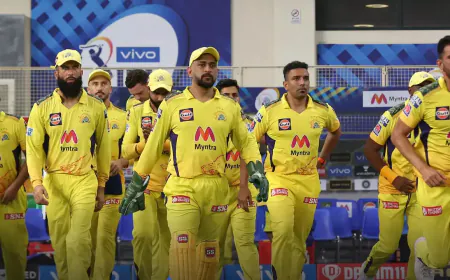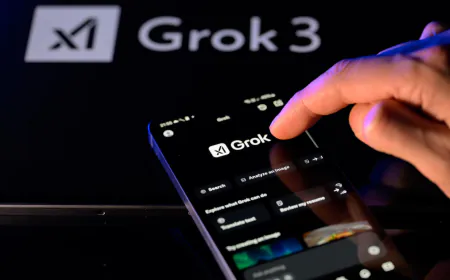Smartphone Gaming Is Fueling a New Culture of Purposeful Play
In FY25, India continued to top the global mobile gaming market with around 8.45 billion mobile game downloads and installs.

Mobile gaming in India is stirring up a storm. From classic card games like online rummy to competitive large-scale battle royales, gaming apps are giving Indian players a new purpose. Instead of scrolling mindlessly, gamers are chasing wins, improving various skills, and connecting with other players.
The scale of growth in domestic mobile gameplay has been remarkable in recent years. In FY25, India continued to top the global mobile gaming market with around 8.45 billion mobile game downloads and installs. In FY24, the country saw 23 million new gamers join the community, taking the total user base up to 591 million players. Among them, around 110 million play their favourite games each day.
These numbers reflect the scale of the market, of course. However, they also point to the fact that people are now playing with a purpose. The average Indian gamer spends 13 hours a week gaming. And 25% of Indian gamers are now paying users. This just goes to show that gamers in the country are investing time and money in experiences that offer value and growth.
Why Indians Play: Deciphering the Psychology of Gaming
A defining hallmark of the culture of purposeful gaming is why Indian’s play. According to a recent CMR survey, entertainment is still the top reason, with around 72% of mobile gamers saying fun is the primary motive. Interestingly, personal enrichment also drives people to play. 52% of gamers admitted they play for mental agility, and 41% play to socialize.
Clearly, Indian gamers are not just playing to have fun. They are also actively gaining other benefits from mobile gaming, like brain training and real human connection. Many players see gaming as a way to practice quick decision-making, strategy, and planning in a fun context. Essentially, this leads to self-improvement under the guise of play. In skill-based gaming, the thrill of mastery is another huge draw. Even casual gamers now seek short wins that provide a sense of progress, rather than mindlessly tapping through an endless feed.
Competition is another powerful driver of purposeful play, particularly for young players. Over 57% of Gen Z have dabbled in multiplayer contests and e-sports. This desire to compete and win gives many players a clear goal each time they launch a rummy app or any other online game. It’s these motivations that set mobile gaming apart from passive media consumption.
The Role of Game Design in Driving Purposeful Play
Game developers are actively catering to this new breed of purpose-driven players with thoughtful design choices. Many games now offer fast, snackable modes as well as extended sessions to suit different playing styles. Online rummy, for instance, comes in multiple variants like a fast-paced Points Rummy game that wraps up in minutes, and a Deals Rummy or Pool Rummy variant that includes multiple rounds.
Modern game design also reinforces purposeful play by incorporating clear goals and rewards. Mobile gaming apps now commonly include daily challenges, achievement badges, and skill ratings to mark a player’s progress. These features offer real, trackable milestones for improvement. Gamers also use regular play as a means to get better at the game itself. Developers are recognizing this and integrating training features in apps. For instance, leading rummy apps like RummyTime offer practice games and free-entry tournaments in addition to cash games. With these modes, players can sharpen their skills and try out their strategies in a low-pressure environment before they compete for high stakes.
Beyond these features in game design, advances in AI are making games increasingly player-centric. Gaming apps can now analyze a user’s skill level and playing style, and then adjust the difficulty level accordingly. This means a casual gamer gets to enjoy fun yet accessible challenges. Meanwhile, hardcore or seasoned gamers may be matched with tougher opponents. This way, every player is purposefully engaged in the game at a level they are comfortable with.
Redefining Gaming as a Healthier Digital Habit
Ultimately, the rise of intentional gaming in India has become a refreshing counterpoint to doom-scrolling and digital fatigue. Instead of aimlessly scrolling through social media feeds and short video apps, many users are choosing to engage in interactive challenges and games that leave them feeling both accomplished and connected.
Psychologists refer to this as active leisure. It includes activities that engage the mind or the body and tend to be more fulfilling than passive consumption. Smartphone gaming has become the prime example of active leisure in contemporary India. The ripple effects of this trend could be significant. With so many Indians, particularly younger millennials and Gen Z, choosing gaming as their go-to digital activity, we could see a generation building sharper reflexes, improving their strategic thinking, and making social connections through play.
Above all, purposeful gaming, like other forms of active leisure, is sustainable. While mindless scrolling can leave users feeling drained and dissatisfied, leading to more mindless scrolling, a gaming session has a natural endpoint. It could be finishing a level, completing a quest, or winning a match. Once that goal has been achieved, users can log off feeling content and resume their day.
Thanks to this key difference, gaming-oriented screen time transforms from a guilty pleasure to a purposeful, conscious journey — one that leads to upskilling and personal growth. That itself is a win worth celebrating on every leaderboard.
For Latest News update Subscribe to Sangri Today's Broadcast channels on Google News | Telegram | WhatsApp





































.jpeg)





























































































